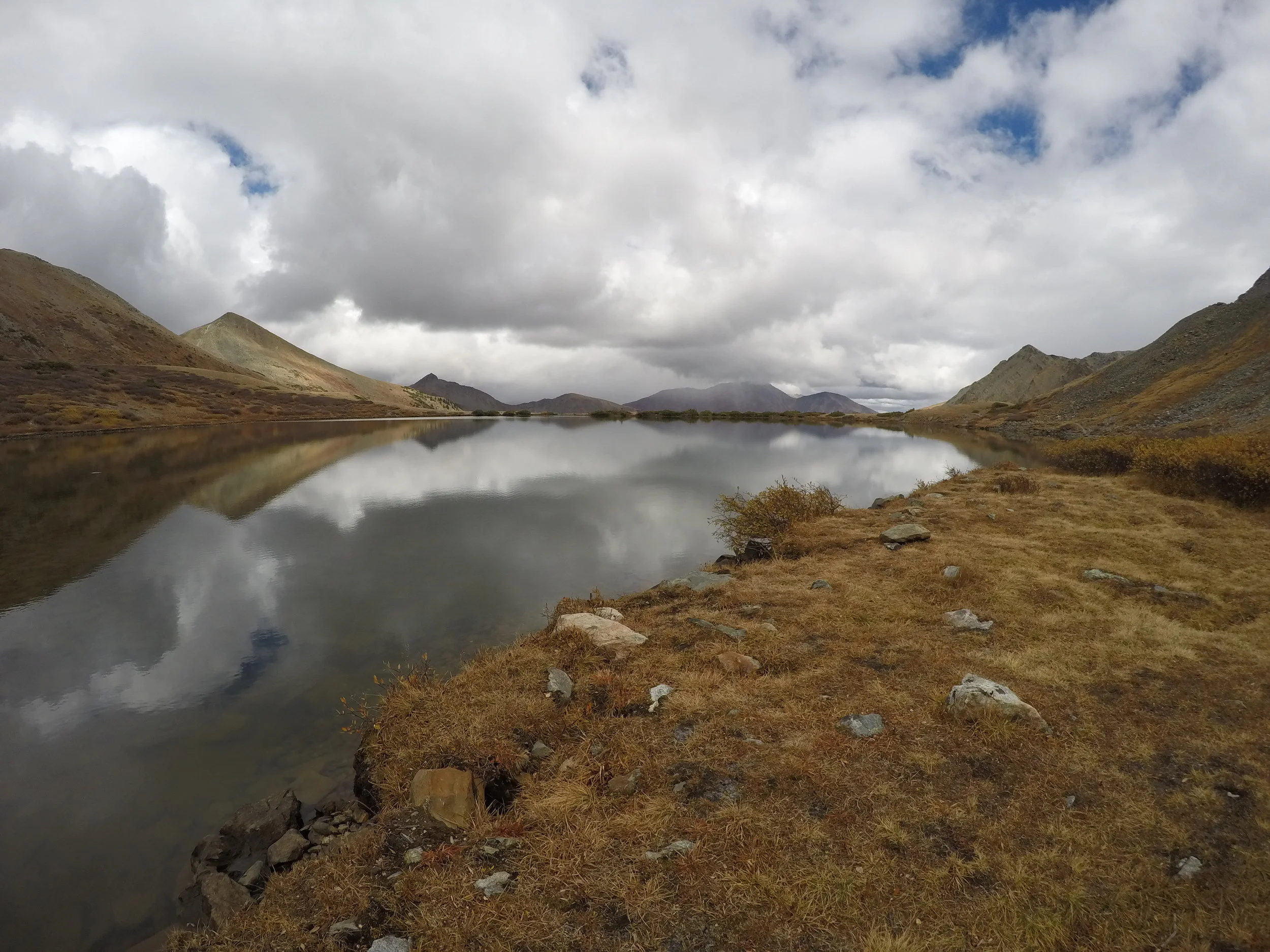Filtering by: Short Course
![QGIS: Advanced]()
Learn advanced data visualization techniques only available in QGIS such as Blending Modes, Live Layer Effects, working with the Time Manager, Geometry generators, implementing expression based symbology and working with Mesh data. Learn how features such as Editing in Place and Editing widgets can lead to more efficient workflows. Create animations in the new 3D environment. Learn how to use the Processing Modeler to automate workflows. Work with linear networks to find the shortest route. Process raster data and work with hydrologic modeling tools. QGIS certification included in registration fee. Prerequisite: QGIS: Intermediate. Required Text: Discover QGIS 3.x ‐ https://locatepress.com/dq3
![QGIS: Intermediate]()
Move beyond the basics of QGIS and learn how to use Plugins, add basemaps to QGIS Desktop. Create joins, work with selections, develop new attribute columns, create and populate a SpatiaLite and GeoPackage databases, georeference imagery, edit vector data, and use the Processing Toolbox to geoprocess data. Geoprocessing tools to be introduced include clip, dissolve, buffer, hillshade, slope and aspect. QGIS certification included in registration fee. Prerequisite: QGIS: Beginning. Required Text: Discover QGIS 3.x ‐ https://locatepress.com/dq3
![QGIS: Beginning]()
Explore QGIS, the leading open source desktop software and discover how it's being used to solve real world problems. Get an introduction to the QGIS project and QGIS Desktop. Changes in the new 3.x line will be highlighted. Learn about adding data, working with vector and raster data, styling data, working with coordinate reference systems, and using the Print Composer to create maps. Also find out about help resources and installation options. QGIS certification fee included in registration fee. Required Text: Discover QGIS 3.x ‐ https://locatepress.com/dq3
Learn advanced hands-on techniques used by GIS professionals. Topics include working with extensions such as Spatial Analyst and 3D Analyst. Learn how to work with raster data and work with ArcScene to build 3D scenes. Batch process data in ArcToolBox, create your own toolboxes, and automate workflows by building a model in Model Builder.
Go beyond the basics of GIS and tackle more involved tasks. Learn how to map density, measure proximity, classify data, edit vector data, georeference imagery, create joins, work with selections and create new attribute columns. Get an introduction to ArcToolBox and see how to run tools. Geoprocessing tools that will be introduced include clip, dissolve, and buffer. The course will conclude with an introduction to ModelBuilder.
Move beyond the basics of QGIS and learn how to use Plugins, add basemaps to QGIS Desktop and use advanced data styling techniques unique to QGIS. Create joins, work with selections, develop new attribute columns, create and populate a SpatiaLite geodatabase, use georeference imagery, edit vector data, and use the Processing Toolbox to geoprocess data. Geoprocessing tools to be introduced include clip, dissolve, buffer, hillshade, slope and aspect.
Explore QGIS, the leading open source desktop software and discover how it's being used to solve real world problems. Get an introduction to QGIS Desktop and QGIS Browser. Learn about adding data, working with vector and raster data, styling data, working with coordinate reference systems, and using the Print Composer to create maps. Also find out about help resources and installation options
Explore the world of Geographic Information Systems (GIS) and how it's being used to solve real world problems in this introductory course. Learn about data models, file formats, and geodatabases. Discuss the various software and hardware tools currently in use, with a focus on ArcGIS. Learn how to work with ArcMap and ArcCatalog. Work with coordinate reference systems, symbolize data, compose a map, create data from coordinate tables, and work with tables. Build and populate a file geodatabase and implement topology. Learn where to acquire GIS data.
Learn basic principles of map design and map reading. Explore issues such as scale, coordinate reference systems, projections, datums, symbology, labeling conventions, and magnetic declination. Learn the elements of USGS maps, as well as, digital map elements and systems. Discuss remote sensing and Global Positioning Systems (GPS). Students purchase engineering triangular scale. Prerequisite: Basic computer experience.
Learn advanced hands-on techniques used by GIS professionals. Topics include working with extensions such as Spatial Analyst and 3D Analyst. Learn how to work with raster data and work with ArcScene to build 3D scenes. Batch process data in ArcToolBox, create your own toolboxes, and automate workflows by building a model in Model Builder.
Go beyond the basics of GIS and tackle more involved tasks. Learn how to map density, measure proximity, classify data, edit vector data, georeference imagery, create joins, work with selections and create new attribute columns. Get an introduction to ArcToolBox and see how to run tools. Geoprocessing tools that will be introduced include clip, dissolve, and buffer. The course will conclude with an introduction to ModelBuilder.
Move beyond the basics of QGIS and learn how to use Plugins, add basemaps to QGIS Desktop and use advanced data styling techniques unique to QGIS. Create joins, work with selections, develop new attribute columns, create and populate a SpatiaLite geodatabase, use georeference imagery, edit vector data, and use the Processing Toolbox to geoprocess data. Geoprocessing tools to be introduced include clip, dissolve, buffer, hillshade, slope and aspect. Prerequisite: 69321
Learn advanced hands-on techniques used by GIS professionals. Topics include working with extensions such as Spatial Analyst and 3D Analyst. Learn how to work with raster data and work with ArcScene to build 3D scenes. Batch process data in ArcToolBox, create your own toolboxes, and automate workflows by building a model in Model Builder.
Explore QGIS, the leading open source desktop software and discover how it's being used to solve real world problems. Get an introduction to QGIS Desktop and QGIS Browser. Learn about adding data, working with vector and raster data, styling data, working with coordinate reference systems, and using the Print Composer to create maps. Also find out about help resources and installation options
Go beyond the basics of GIS and tackle more involved tasks. Learn how to map density, measure proximity, classify data, edit vector data, georeference imagery, create joins, work with selections and create new attribute columns. Get an introduction to ArcToolBox and see how to run tools. Geoprocessing tools that will be introduced include clip, dissolve, and buffer. Learn how to work with elevation data to derive hillshade images, slope, and aspect.
Explore the world of Geographic Information Systems (GIS) and how it's being used to solve real world problems in this introductory course. Learn about data models, file formats, and geodatabases. Discuss the various software and hardware tools currently in use, with a focus on ArcGIS. Learn how to work with ArcMap and ArcCatalog. Work with coordinate reference systems, symbolize data, compose a map, create data from coordinate tables, and work with tables. Build and populate a file geodatabase and implement topology. Learn where to acquire GIS data.

